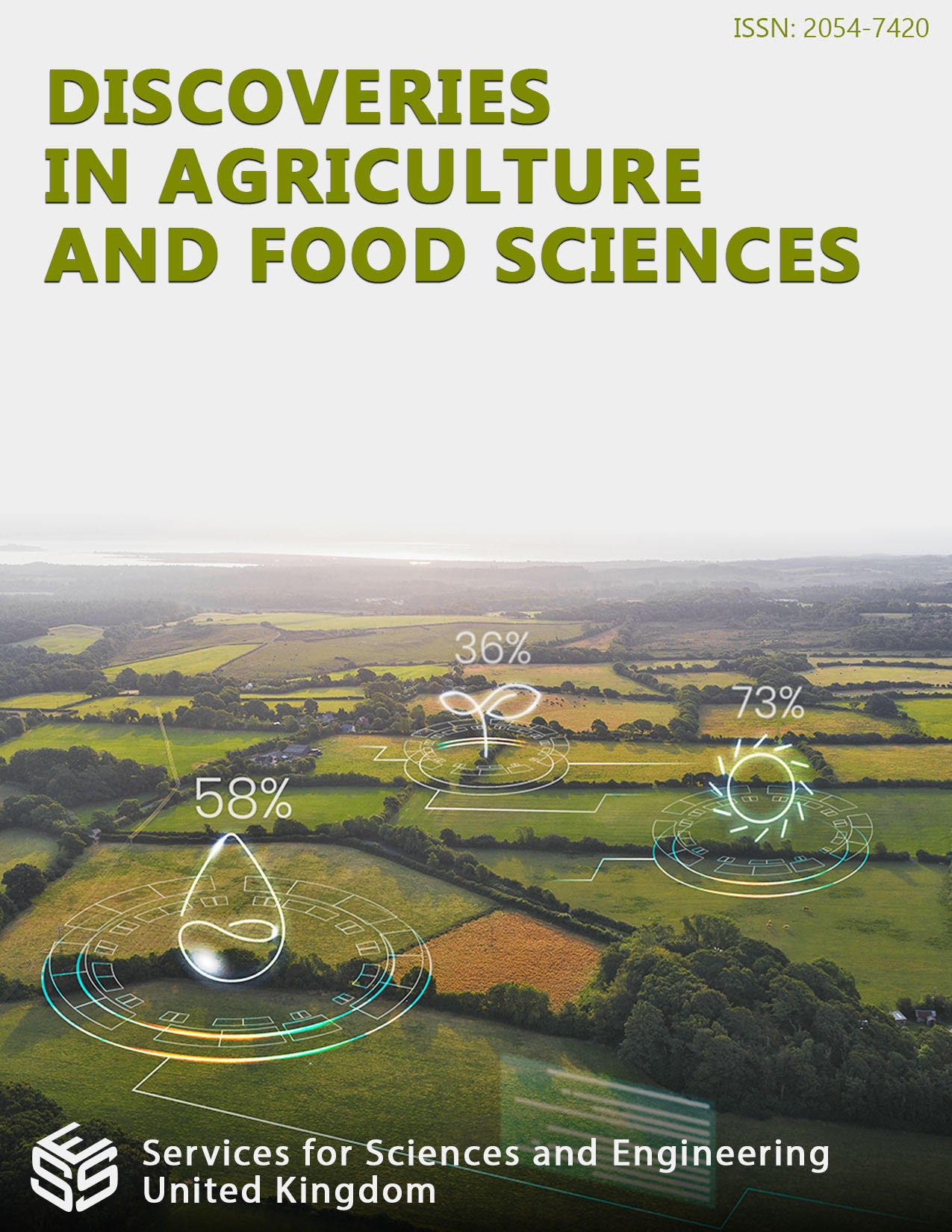Phenotype and Genetic Characterization of Four Indigenous Chicken Breeds in Rwanda
DOI:
https://doi.org/10.14738/tnc.1303.18582Keywords:
Native Chickens, Single Nucleotide Polymorphisms, Genes, TraiAbstract
This study aimed to enhance the genetic improvement of indigenous chickens in Rwanda through phenotypic and genetic characterization to identify superior populations and recommend best-bet options for their sustainable use. Phenotypic data and blood samples were collected from indigenous chickens domesticated in the four dominant agro-ecological zones of Rwanda. A factorial experimental design was used to examine management systems, and phenotypic and genetic traits of production. We then assessed phenotypic traits of 1,080 indigenous chickens and took morphometric measurements and whole blood samples of 120 chickens from twelve districts, to cover all the four indigenous chicken types of Rwanda. Those are Inshenzi (Fast growingchicken), Sekaganda/Inganda (Dwalf chicken), Imirangi/Umurangi (Nacked neck chicken) and Indayi (adapted chicken). The findings showed 23 related genes from the morphometric measures (head, wattle and beak length) by using Single Nucleotide Polymorphism markers and 22 nearest genes from blood samples based on the highest genetic potential in terms of indigenous chicken production. Four different genotypes were discriminated by low homozygosity (0.140088 for Imirangi and 0.15327 for Inshenzi) while a low similarity (0.022467) between Imirangi and Inshenzi genetically distanced them from the two others (Inganda and Indayi). Among the four indigenous chicken genotypes in Rwanda, the Imirangi breed (Naked Neck) and the Inshenzi breed (Fast Growing Indigenous Chicken) demonstrated the highest genetic potential concerning key production traits, including egg yield and body weight. In contrast, the Indayi breed (Adapted Indigenous Chicken) and the Inganda breed (Dwarf Indigenous Chicken) exhibited lower genetic potential in these areas. With these findings, the selection of indigenous chickens with high genetic potential for production traits becomes feasible, providing valuable insights that can inform a national breeding program for indigenous chickens in Rwanda and enhance the productivity and sustainability of indigenous chicken populations across the country.
Downloads
Published
How to Cite
Issue
Section
License
Copyright (c) 2025 Claire d’Andre Hirwa, Nkurunziza Theophile, Habimana Richard, Aline Kayitesi, Fabrice Semahoro, Jules Mutabazi, Nyirasengimana Eugenie, Uwibambe Evodie, Pascal Nyabinwa, Donald Rugira Kugonza

This work is licensed under a Creative Commons Attribution 4.0 International License.






